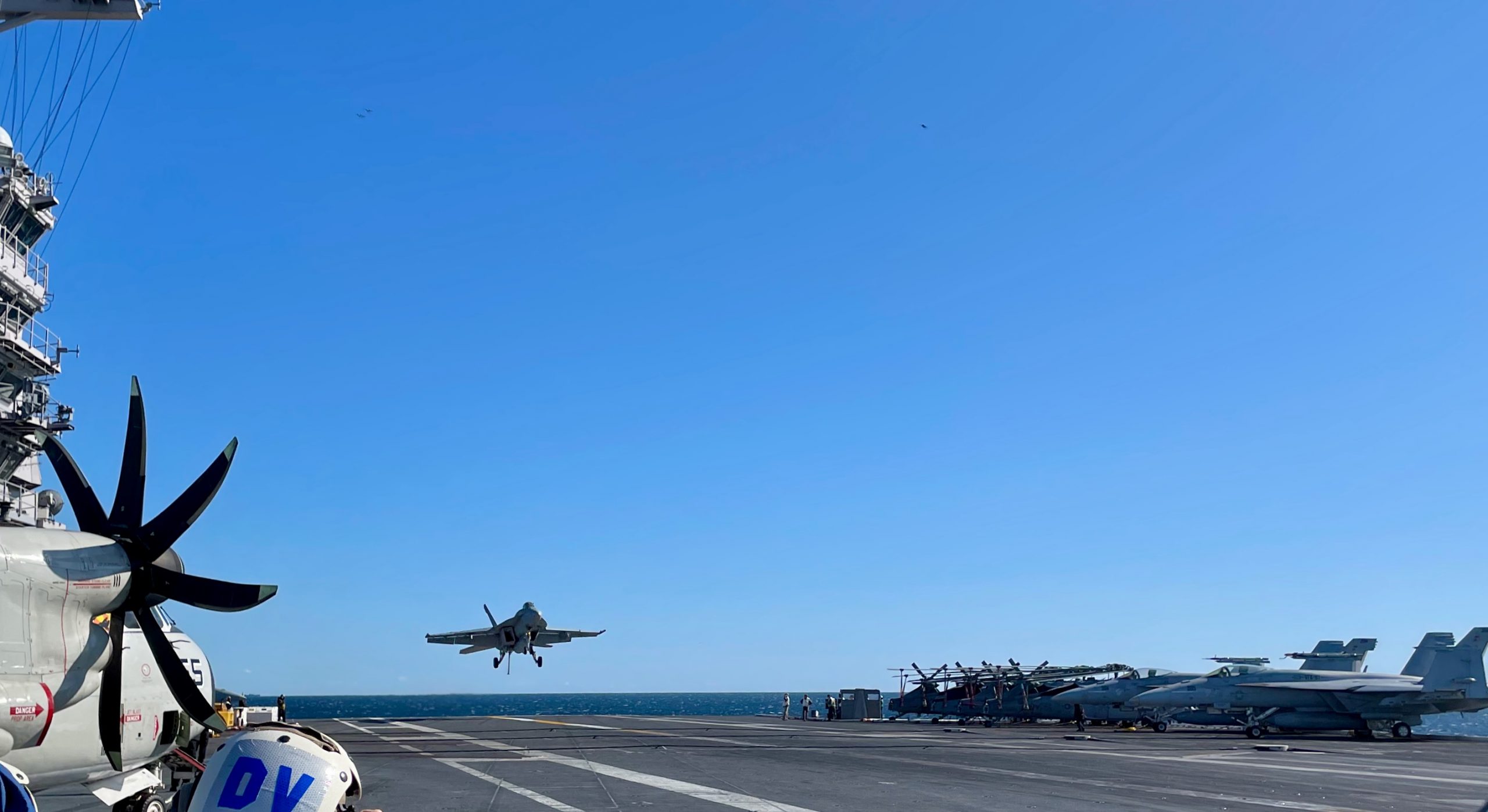By Robbin Laird
I have attended and reported on the last two International Fighter Conferences, both held in Berlin, in 2018 and 2019.
Unfortunately, this one was held on a Zoom stage due to the COVID-19 world.
This year I was especially looking forward to coming to Berlin, because my daughter was coming to study in Berlin as part of her graduate studies.
Neither she nor I made it.
But the Defence iQ organizers are to be congratulated on hosting a first-rate conference under difficult conditions.
The conference was held in virtual space on November 18 and 19, 2020.
Earlier this year, I talked with Alexander Stephenson, Deputy Director, Defence iQ about the approach which they would take. He argued that the conference would host a number of panels through the more traditional virtual presentation methods, but will embed this approach within an innovative networking platform which allows the participants to interact with one another and to do so in way to set up chat rooms around topics of interest among the participants themselves.
He noted that there are some advantages to the virtual conference when enabled with such networking software. They are able to have a wider range of moderators; they can invite a wider range of experts to present at the virtual event, and they can allow the military which comes free to their events to bring a larger delegation of participants to the conference as well.”
And the conference provided a wide range of first-rate experts for discussion.
But the limitations of zoom is clearly that the presentations are set pieces which provide more limited cross learning than one would get with a live conference.
This means for an analyst like myself, I will write about the conference in a series of articles stimulated by one or two of the presentations and to discuss those subjects separately and then link them to what I believe is the larger topic, namely, the evolution of airpower in the high-end fight.
And for me, this is about shaping a kill web enabled integrated distributed force.
The conference provided a rich tapestry of presentations and topics, which evidenced different approaches, and different starting points to the quest for shaping a more integrated combat force, one which would tap into communications systems and sensor networks, to deliver the desired combat or crisis management effect.
The conference addressed a number of new or evolving approaches to shaping combat air platforms, from the Australian loyal wingman program, to the USAF Skyborg program, to the Franco-German-Spanish FCAS program, to the Italian-Swedish-UK Tempest program, to the USAF’s next generation air dominance platform, and to the evolution of U.S. and allied naval aviation.
In addition to, or in parallel to or crossing to the platform discussions was the focus on the changing eco system for integrating platforms and capabilities across an extended battlespace in which peer competitors would contest U.S. and allied operations.
These discussions embraced topics like, human-machine teaming and enabling technologies, combat cloud teaming, the USAF and its JADC2 programmatic efforts, the role of space-based assets in empowering the force, and how to connect the force to prevail in the multi-domain fight and meeting the challenge of countering A2AD in today’s fight.
As one can easily see, this is a rich tapestry of subjects which I will deal with in some detail in future articles.
My own work intersects with this conference quite nicely.
For several years I have worked on the impact of fifth generation aircraft on the “renorming of operations.”
I have just published a book with my coauthor, Murielle Delaporte, on the return of direct defense of Europe and how to deal with the challenge of the 21st century authoritarian powers.
I will shortly publish a book about the evolution of the Australian strategic approach which I call “Joint by Design.”
And then in the first quarter of next year a book on the training side of the challenge, a subject discussed throughout several presentations as well. That book is entitled “Training for the High-End Fight: The Strategic Shift of the 2020s.”
And next year will deliver a book with Ed Timperlake for publication by USNI press entitled “Maritime Kill Webs: 21st Century Warfighting and Deterrence.”
As one can readily see, unpacking the thoughts of the speakers of this conference will be of central importance to my work.
And without any doubt, to other authors, analysts, policymakers, warfighters and defense industrialists.
Again, thanks to the efforts of the Defence iQ and their sponsors for prevailing in the difficult conditions of COVID-19 and taking forward serious thinking about the challenging times in which our forces operate and will need to operate in dealing with the challenges of the 21st century authoritarian powers.
The featured photo: This is my photo of a landing on the USS Gerald R. Ford on November 17. 2020 when I was onboard the next generation carrier. In the kill web enabled integrated distributed combat force, the Ford could operate as the wingman of the B-21 or the B-21 could be the wingman for the Ford.


